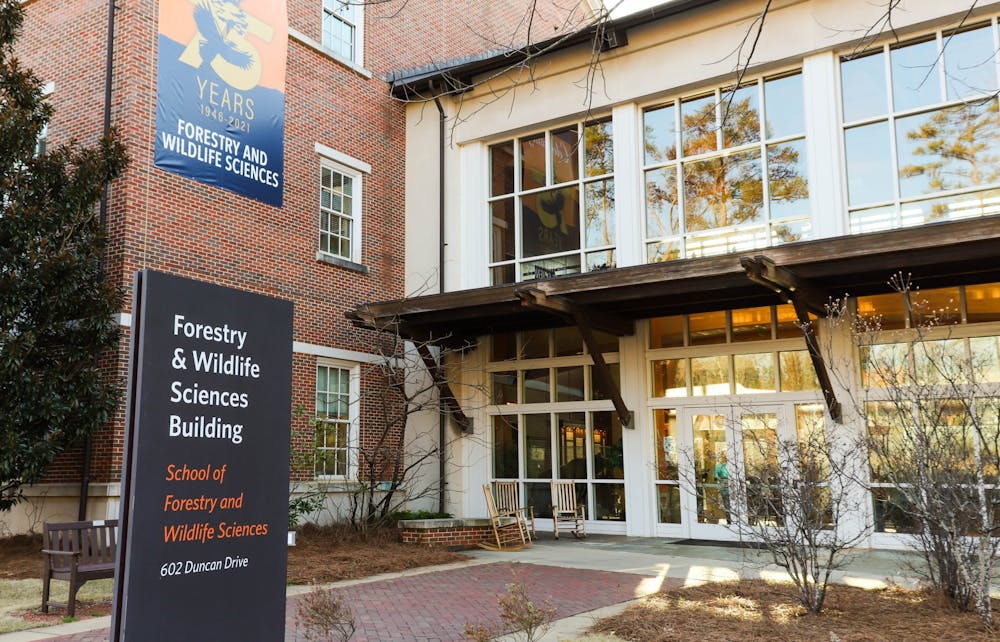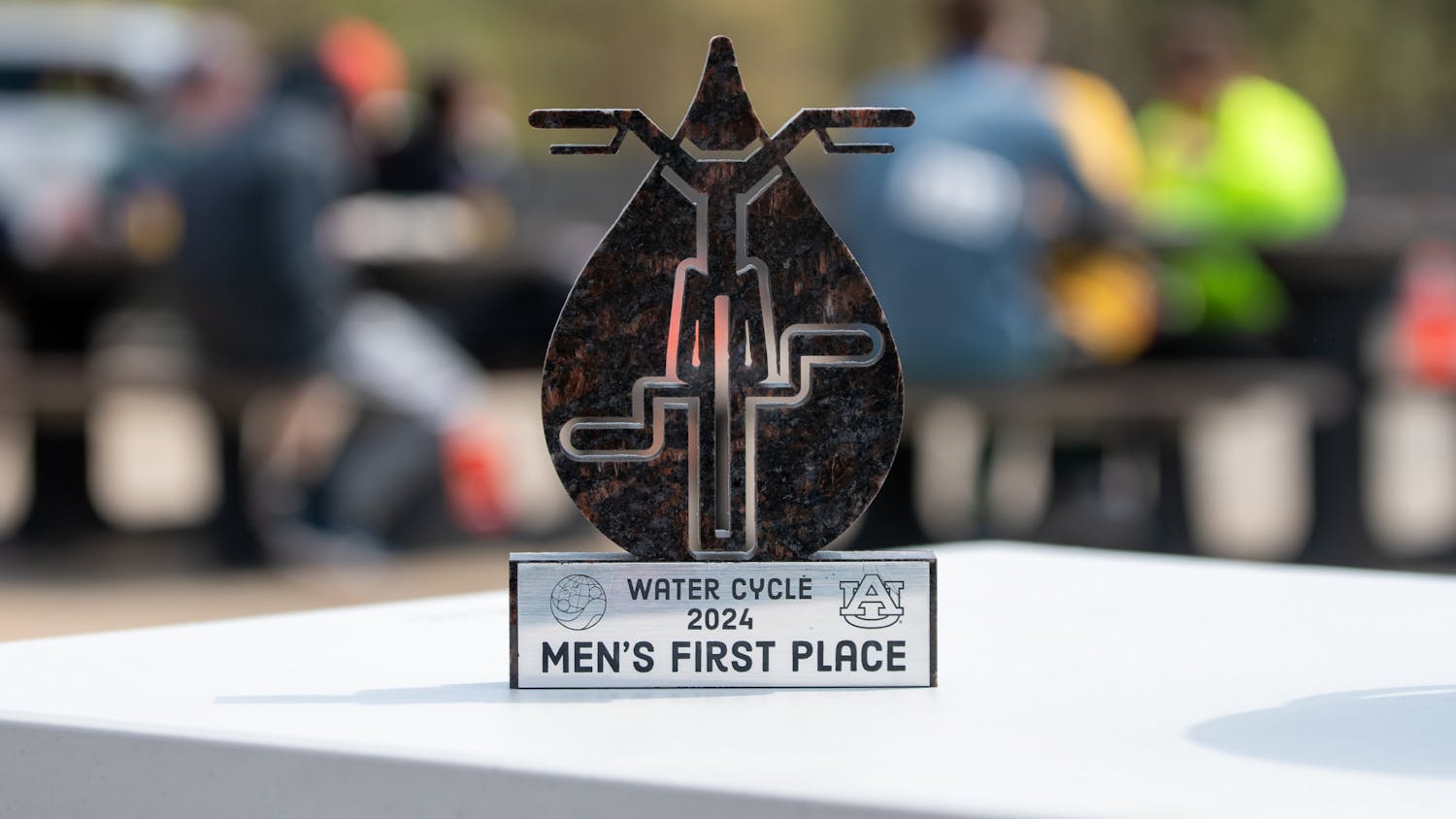With over 71% of the geographical area in Alabama covered in timber, it is no wonder that Alabama is a leader in the forest industry. It may come as a surprise, however, that new ways of using timber are still being discovered.
Cross-laminated timber, or CLT, entered the conversation of forestry in the South in 2017. Since then CLT has grown in value, relevancy and has had ramifications in industries, such as forestry, architecture, engineering, construction and design.
CLT is constructed with overlapping wooden panels. This design is beneficial for the industries previously mentioned because the prefabrication of the wooden panels allows for flexibility in how it is shaped. With CLT, the timber can be cut to precision beforehand and simply put together when it arrives on a construction site.
First discovered across the Pacific Ocean, the process of CLT has made its way from Europe to Canada to the Southeast of the United States in the past few years.
CLT made its opening debut in the Southeast in Dothan, Alabama, in 2017 where a manufacturing plant was established and soon became fully operational in the following two years. The manufacturing of CLT has only grown in the Southeast since then.
In a conversation with Adam Maggard, assistant professor and extension specialist at the Auburn University College of Forestry and Wildlife Sciences, he explained that there are many advantages that come with using CLT.
First, CLT is economically efficient.
“CLT is not dollar for dollar cheaper, but it is lighter on the construction site and easier to use because it is prefabricated. Other materials like concrete and steel start from ground zero so CLT makes up in labor hours from an economic standpoint,” Maggard said.
He said it is much easier and quicker on a construction site to piece together wooden panels “like Legos” rather than shape and construct heavier materials like steel and concrete on site.
Second, CLT is environmentally conscious.
“It is energy efficient as wood products have a lower carbon footprint and are more sustainable than steel or concrete. There is also minimal waste production and less carbon dioxide with CLT,” Maggard said.
Next, CLT is precisely designed.
Because of the way CLT is produced, it provides flexibility for architects and designers. The wooden panels can be carefully tailored to precise measurements and can be increased in thickness to certain specifications. Maggard said the CLT can act as an “inner skeleton” of a building for design because of its prefabrication and can easily be constructed to a specific aesthetic, as well as provide notably strong acoustics.
Lastly, CLT is fire protective.
The secret to CLT’s fire protection is in its lattice design. Because of the thickness that comes with wooden panels overlying each other, CLT chars much slower than other materials would. This inner “insulation” from flames from outside the building contributes to its fire prevention.
This new way of using timber is not only being discussed but is also being applied to construction on Auburn University’s campus.
Upcoming and ongoing construction projects on campus, such as the Advanced Structural Engineering Laboratory on West Samford Avenue, the Hey Day Market for the Culinary Science Center and the Nature Preschool for the College of Forestry and Wildlife Sciences, have already begun to incorporate CLT into their construction and design processes.
According to Maggard, “We will see CLT more and more as we go forward.”
Do you like this story? The Plainsman doesn't accept money from tuition or student fees, and we don't charge a subscription fee. But you can donate to support The Plainsman.

Emma Hall is a news writer for The Auburn Plainsman.





